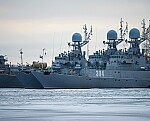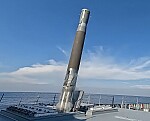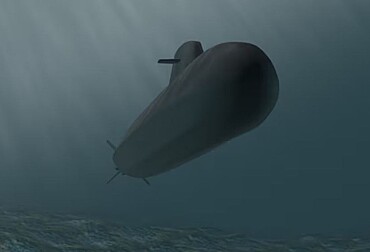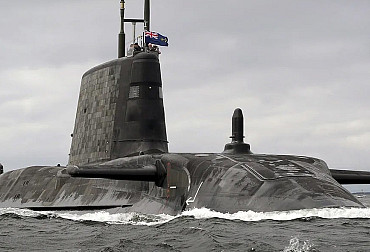Ukrainian pilots are currently undergoing F-16 training in Denmark
In a significant development for Ukraine's military capabilities, six Ukrainian pilots are currently undergoing intensive training to fly F-16 fighter jets in Denmark. This marks the third cohort of Ukrainian pilots to receive training on the Western aircraft since July, when the United States granted permission for European allies to export the F-16s to Ukraine. This move is part of a broader effort to enhance Ukraine's air defense capabilities and strengthen its position in the ongoing conflict.
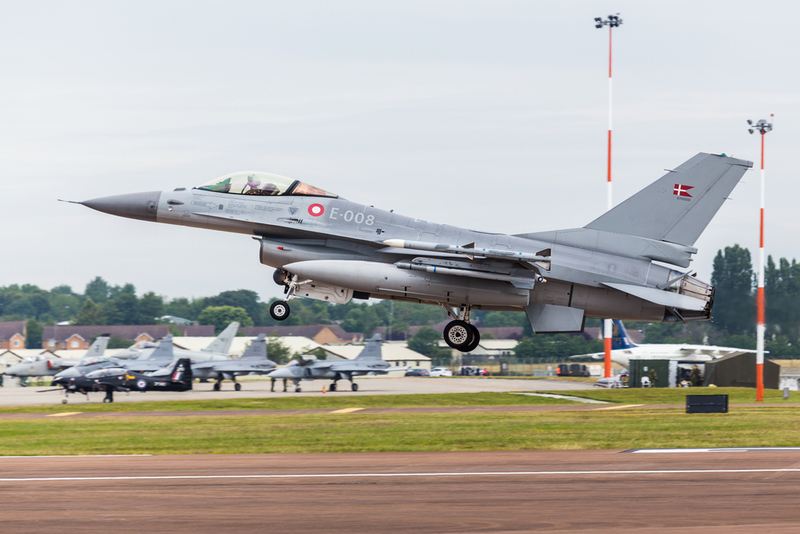
To prepare these pilots for their F-16 training, they initially traveled to the United Kingdom to refine their English language skills, which are crucial for effective communication in the multinational environment of NATO. Effective communication is key in joint military operations, and this language training is a foundational step towards seamless integration into NATO forces.
The Ukrainian pilots also underwent basic flight training in the Grob Tutor aircraft, a propeller-driven trainer. The purpose of this training in the Grob Tutor is to align Ukrainian pilots with NATO's standard approach to flying, ensuring that they are well-prepared to operate advanced fighter jets like the F-16.
In addition to the six pilots currently in Denmark, another ten Ukrainian pilots have completed their language training in the United Kingdom and are now receiving basic flight training. This demonstrates Ukraine's commitment to building a skilled and capable cadre of fighter pilots to operate the F-16s effectively.
Furthermore, dozens of Ukrainian aircraft technicians are undergoing English training with a specific focus on engineering. This multifaceted approach to training is essential not only for piloting the aircraft but also for maintaining and servicing them, ensuring the longevity and operational efficiency of the F-16 fleet.
UK Defence Secretary Grant Shapps emphasized the significance of these developments, noting that they represent a substantial leap forward from Ukraine's existing Soviet-era capabilities. The integration of NATO-standard training and technology will undoubtedly bolster Ukraine's defense capabilities.
The United States began training an unspecified number of Ukrainian pilots on F-16s in late October, further expanding the pool of trained personnel capable of operating these advanced fighter jets.
Additionally, in October, Ukraine and Romania agreed to include Ukrainian pilots in the first wave of trainees at a new F-16 training base in Romania. The training base officially opened in early November and is expected to commence training for Ukrainian pilots early next year. This cooperative effort underscores the commitment of NATO allies to support Ukraine's defense capabilities.
While an Air Force assessment in May suggested that Ukrainian pilots could learn to fly F-16s in as little as four months, it was acknowledged that additional language training would be required for the majority of the initial cadre. This emphasis on language proficiency underscores the importance of effective communication in military operations.
Ukraine has long sought to acquire F-16s to enhance its ability to protect its cities from aerial threats. The green light from the United States in July for allies to export F-16s to Ukraine was a significant milestone in this endeavor. European allies, including the Netherlands, have since pledged to provide around 60 F-16s to Ukraine. However, it should be noted that not all of these aircraft will be ready for deployment immediately, with some deliveries expected as late as 2025.
While F-16s may not be a game-changer on the battlefield, as noted by RAND think tank expert Michael Bohnert, they will play a crucial role in suppressing Russian air defenses and reducing Russia's ability to launch destructive glide bombs. This shift in the balance of power in the air will undoubtedly have a positive impact on Ukraine's overall defense strategy.
In conclusion, the ongoing training of Ukrainian pilots on F-16 fighter jets represents a significant step forward in Ukraine's efforts to bolster its air defense capabilities. With the support of NATO allies and the acquisition of advanced technology, Ukraine is taking strides towards enhancing its ability to protect its citizens and secure its sovereignty in the face of ongoing challenges.



